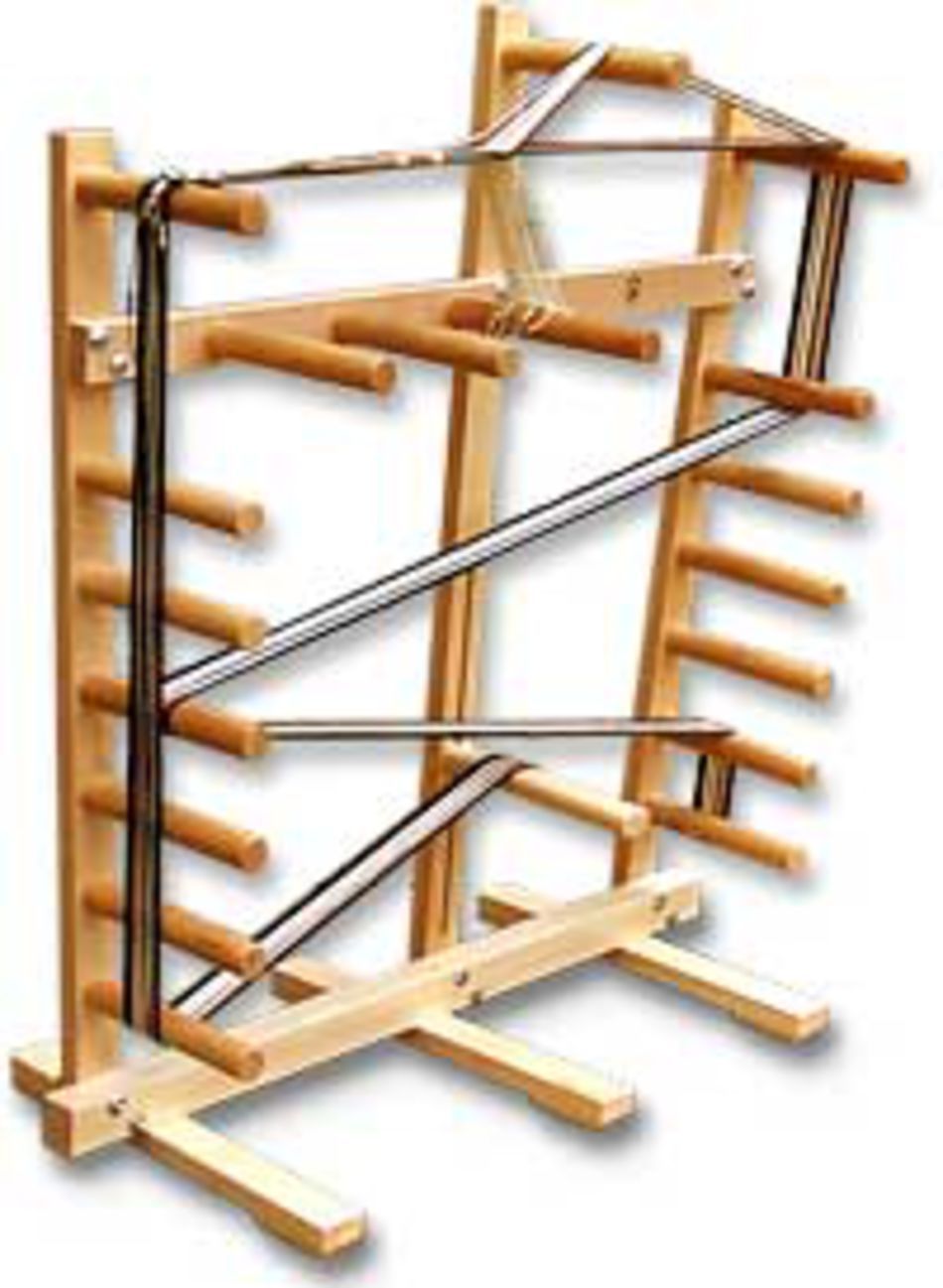

- #Inklet loom manual#
- #Inklet loom portable#
The shed is obtained by the use of leashes. However, if you want to increase or decrease the width at any stage, this is done by the amount of tension on the weft thread. Use the warp threads in any combination (1-4 strands) to achieve the desired thickness of your woven fabric.īecause the weft thread is pulled tight, the weaving will be reduced to about half the original width of the warp. 8/16 unmercerized cotton, a thick soft yarn. Therefore, the weft should either contrast for a nice pop of color, or blend well with the outer warp color. #Inklet loom portable#
Be experimental but make sure all threads have about the same amount of elasticity, otherwise the surface will be uneven.Īs inkle weaving produces a warp faced cloth, the edges of the weft will show as a loop on the side of your weaving. A portable Inkle loom Lightweight, portable and strong with a convenient cut out for weaving and carrying. Textured and metallic threads, silk and nylon add variety to your warp. Most wool is suitable but avoid wool that is soft or hairy (these tend to cling to each other and make it difficult to obtain a clean, open shed). 
Mercerized cotton ( like our 3/2 Tubular Spectrum Yarns) is an ideal warp yarn.Your weaving will be warp faced so the warp colors will determine how your finished piece looks.
#Inklet loom manual#
Belt shuttle, clamp and a nice instruction manual from Ashford are included.The warp tension can be adjusted with the adjustable tension peg.As burdensome as that is in the day - to - day running of government, the problem looms as. You will assemble the loom and glue all the pegs into place. of monitoring the flow of red ink, let alone stemming it. The Inklette warp widths can be: up to 50mm (2″) The Inklette warp lengths can be: from 1m (39″) to 1.8m (70″) No special techniques are required to lift or drop individual. This tool is limited to a plain-weave, meaning that threads on the loom alternate passing through the heddles. This tool will help you generate a pattern for a warp-facing weave, such as that produced by an inkle loom or a backstrap loom. More information about the Inklette Loom: Inkle Loom Plain-Weave Pattern Generator.






 0 kommentar(er)
0 kommentar(er)
